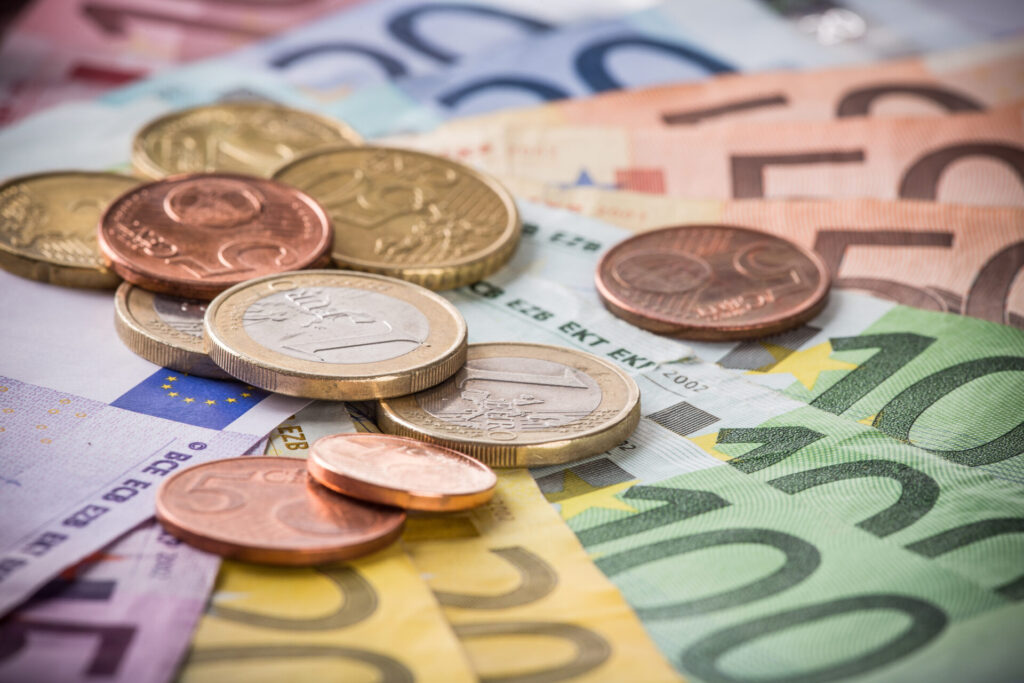Are you planning your trip to Europe? Before you start packing, remember to pick up some spending money. While you might use your debit card in Canada for everything, in parts of Europe, transactions are still primarily done in cash.
Here are five currency exchange tips when converting your money into Euros.
Money is not dead
Global News reports Canadians are the leaders in cashless payments. Just think about how frequently you go out for dinner or shopping with just your debit or credit card. But you’ll always want cash in your wallet in Europe.
According to a 2022 German payment report, 58% of people still use cash for payments. While travelling, many restaurants, attractions, services, and stores will not accept anything but money. Therefore, it is wise to always have Euros with you to avoid unpleasant surprises.
50 is the new 20
When was the last time you had a $50 bill in your pocket? Chances are all you have are $20 and a few loonies or toonies. Yet in Europe, €50 is commonly used for everyday purchases.
Europe does not necessarily equal Euro
Before you exchange your money, double-check the currency of each country you are visiting. You’ll want to avoid unpleasant surprises and exchange the wrong currency.
For example, did you know nine countries in the European Union don’t use the Euro as their national currency? The countries are Bulgaria, Croatia, Czech Republic, Denmark, Hungary, Poland, Romania, Sweden, and United Kingdom.
According to the European Union, the 19 countries that use the Euro are Austria, Belgium, Cyprus, Estonia, Finland, France, Germany, Greece, Ireland, Italy, Latvia, Lithuania, Luxembourg, Malta, the Netherlands, Portugal, Slovakia, Slovenia, and Spain.
Bigger isn't always better
In Canada, using a $100 bill often requires extra security checks. So, it is better to pay with five $20 instead. Similarly, €200 and €500 bills are often associated with crime and fraud, so avoiding these on your trip is best.
Unless you try to pay for a €3.50 cappuccino with €100, merchants will rarely refuse large denominations (€100 or under). Before your departure, you can head to a currency exchange office to get an assortment of bills of €5, €10, €20, €50 or €100.
Don't fill your pockets with change
Once you leave Europe, bank and exchange offices don’t always accept change. So, before you leave, use all your coins for a souvenir or a snack. Or you can keep the leftover travel money and use it on your next trip.
Get ready for your Europe trip
Do you need help planning your vacation? Our expert CAA Travel Consultants can make planning your European getaway a breeze.
Make sure to visit International Currency Exchange (ICE) to get your Euros. You can make a reservation to pick up your currency from any ICE location in Canada. CAA Members enjoy a premium rate and no fee for online reservations. Plus, Members save the $9.95 fee at airports and get a better rate.

